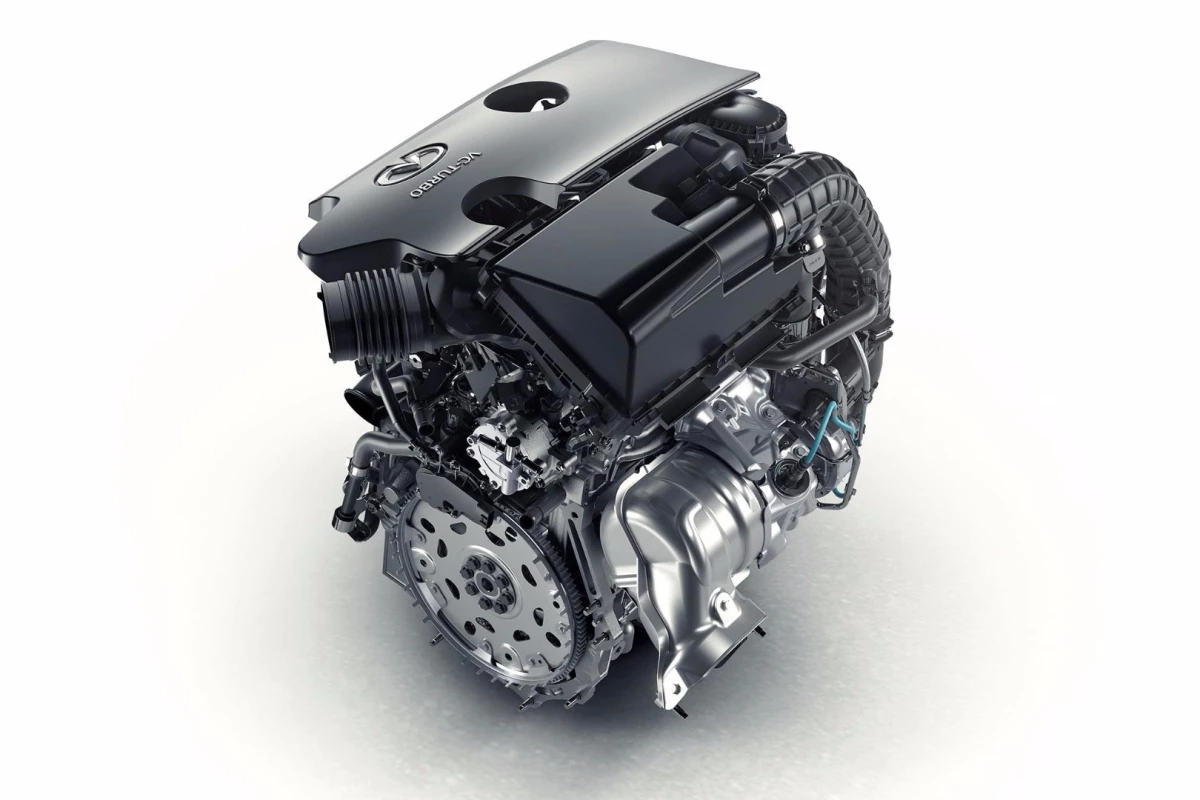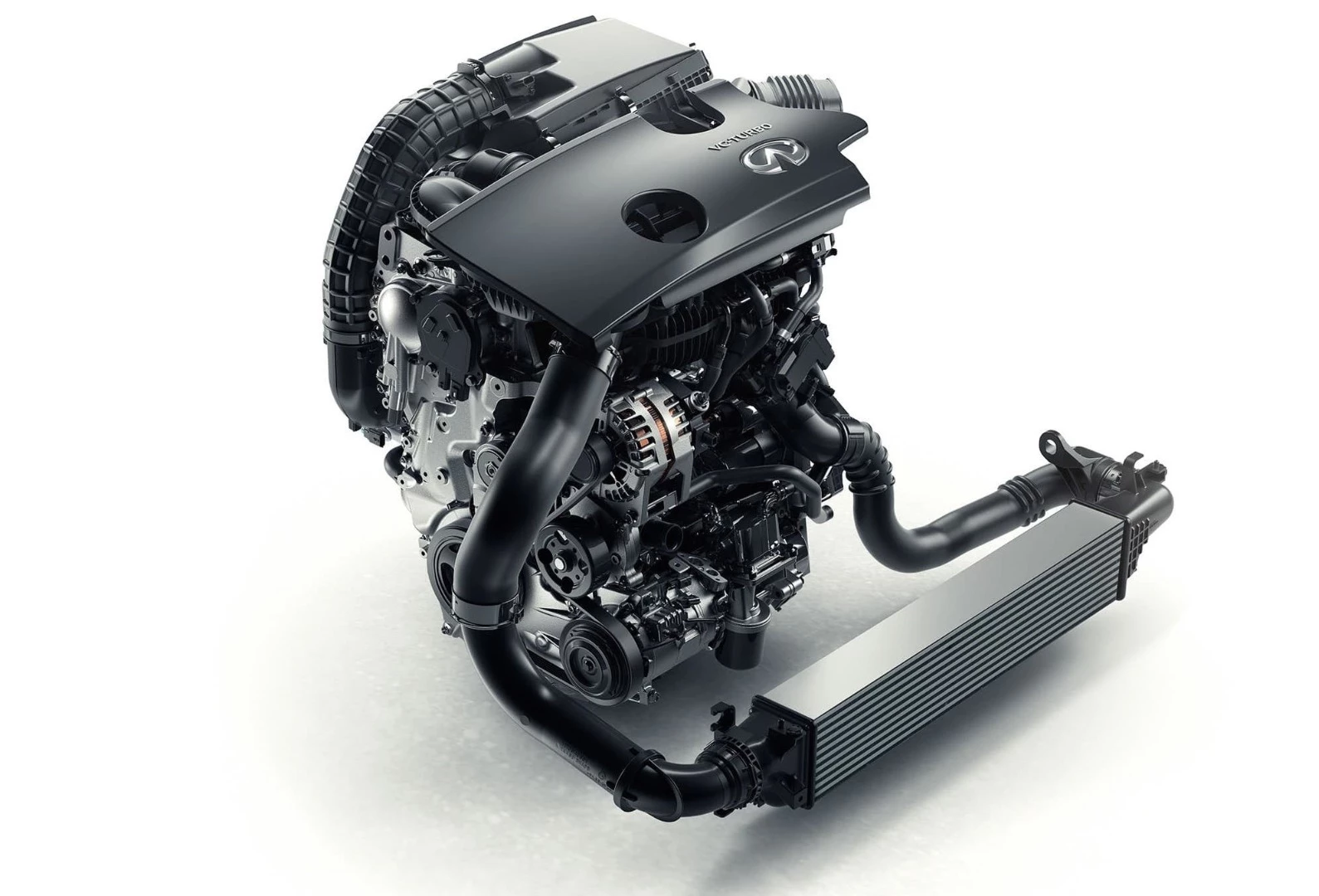Forget variable length intakes and variable valve timing, Infiniti is going all the way and introducing variable cylinder compression ratios. The new VC-T turbo engine automatically adjusts between a high-powered 8:1 and a hugely efficient 14:1 ratio as you drive.
As environmental protection measures continue to tighten the screws, combustion engine manufacturers are getting more and more creative in their efforts to squeeze more out of gasoline.
Here's a fascinating example: Infiniti is about to unveil the world's first production-ready variable compression ratio engine at this year's Paris Motor Show.
The Infiniti VC-T is a 2.0-liter 4-cylinder turbocharged petrol engine with the ability to raise and lower the stroke of its pistons, giving it a range of available compression ratios from 8:1 all the way up to 14:1.

The engine changes compression ratios depending on how you're driving; when you put your foot down and the turbo starts working hard, forcing a heap of air into the cylinder, the air-fuel mix becomes more likely to pre-detonate. That's why high-performance turbo engines need to run lower compression ratios – the Subaru WRX, for example, runs the same 8:1 ratio that the VC-T can at peak performance.
But when you're cruising, that's unnecessary and inefficient – you get significantly better fuel economy from a higher compression engine.
The VC-T engine constantly changes its ratio to give you high performance when you ask for it, and excellent economy when you don't. It does this using an actuator arm that changes the angle of a multi-link that sits around the crankshaft, raising and lowering the top and bottom points of the piston stroke without moving the crankshaft or the cylinder head.

There have been other variable compression ratio engines built, just none for production. Peugeot, for example, used a system that changed the length of the conrods to achieve a similar result. Porsche has recently patented a design that puts the small end bearing in an eccentric adjuster to make the same kinds of adjustments.
Infiniti won't be releasing solid figures on the VC-T engine's performance until Paris at the end of September. But it should deliver more than the current QX60 3.5-liter V6, which makes some 265 horsepower and 248 foot-pounds, with about a 27 percent boost in fuel efficiency. And the company claims the weight penalty won't kill the idea, as the engine will only be around 22 lbs heavier than a typical inline four of the same capacity.
With each new generation, combustion engines are forced to become ever more complex Rube Goldberg machines, with more sophisticated electronics and even more moving parts.
On the other end of the scale sit electric motors, which are simple, massively powerful and quiet. They don't need valves or injectors or clutches. They're so flexible they don't even need gearboxes much of the time. They deliver full torque from a standstill, with nothing like the bizarre power curves you need to deal with on a combustion engine. And of course they're incredibly efficient, generating far less waste heat and converting a vastly higher percentage of your fuel energy into motion.
But until batteries can offer all-day driving range or quick enough charging to make recharge stops practical (and do it all at a competitive price) we'll be stuck here marveling at the ingenuity of combustion engineers trying to wring every last drop out of last century's technology.
Source: Infiniti







